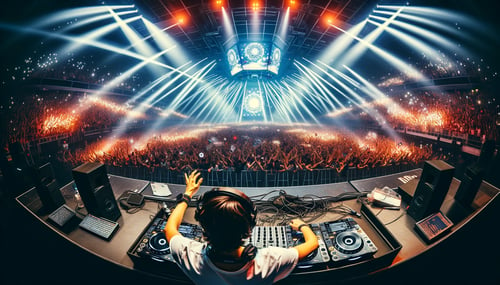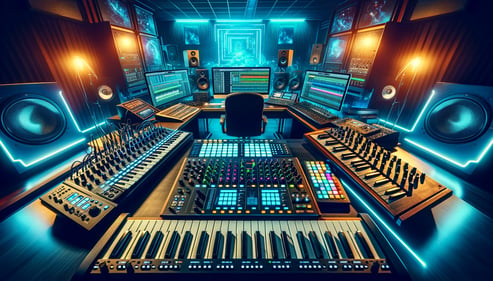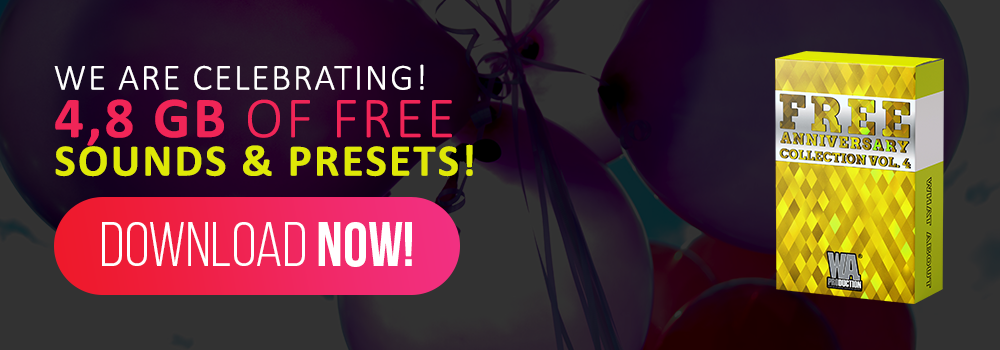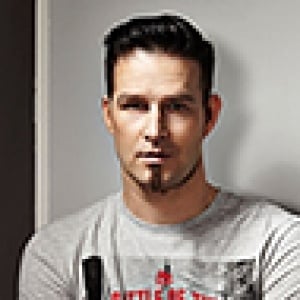The drop is the cornerstone of electronic dance music (EDM), a moment of high intensity that can define a track and electrify an audience. Crafting a memorable drop requires a blend of creativity, technical skill, and an understanding of what moves a crowd. In this post, we'll explore the art of creating impactful drops in EDM production.

Understanding the Drop
In EDM, the drop is the point in a track where tension peaks and is released in a burst of energy, usually following a build-up. It's not just a moment; it's an experience that can make or break a track. The drop is where the producer's creativity truly shines, combining elements like rhythm, melody, and sound design to create a powerful effect.
Building Tension Before the Drop
A great drop starts with a great build-up. This can involve rising pitches, increasing tempo, or layering elements to create a sense of anticipation. The build-up sets the stage for the drop, and its effectiveness can significantly impact the drop's impact.
Sound Design for the Drop
The drop's power lies in its sound design. Producers often use a combination of synths, basslines, and effects to create a unique sound. Experimentation is key here, as finding the right sound can make the drop stand out.
Rhythmic Elements and Groove
The rhythm of the drop is crucial. It's not just about being loud or intense; it's about creating a groove that makes people want to move. This involves carefully crafting the drum patterns and basslines to synchronize perfectly, creating a compelling rhythm.

Melodic Elements
While EDM is often rhythm-focused, melody can play a significant role in a drop. A catchy melody can add an emotional or energetic layer to the drop, making it more memorable and engaging.
The Role of Contrast
Contrast is a powerful tool in making a drop stand out. This can mean contrasting the drop with the build-up or the sections before and after the drop. A sudden change in energy or sound can make the drop more impactful.
Conclusion
Mastering the drop in EDM is about more than just technical skills; it's about understanding the emotional and physical response you want to elicit from your audience. It's a blend of science and art, where producers get to showcase their creativity and ability to control energy and emotion through music.

















_Cropped.png?width=1600&name=02%20(2)_Cropped.png)




















Your Comments :